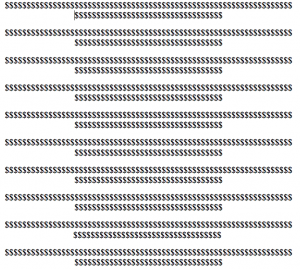Our home planet, Earth, is not in good condition. We’re in the midst of a mass extinction; our atmosphere has 400 parts carbon dioxide out of any given million particles and there are still many people who aren’t yet aware of this.
So how can we, the citizens of this world, help it?
First and foremost, it would help a lot if we focus on our day-to-day habits. You know, the little things people like to do everyday that can pass as unimportant, but after daily repetition, it can become a big deal. It is like saving a nickel every day: nothing of value is earned in the short term, but over the course of 50 years, you get to earn around $900.
Unfortunately, the same is very true for an issue such as waste. A person throws away a plastic cup that could have been recycled in the trash. No biggie, right? Except instead of one person, it’s three quarters of a nation (let’s say, roughly 26 million people), and instead of once in their entire lifetimes, it’s once a day. Even now, it’s not entirely unconceivable that everyone throws away more than one cup a day. Rather, it’s around two or three cups. Running quickly through the numbers for a period of one year, all of a sudden, we have around 1,898,000,000 plastic cups ending up in our dumps when they should be recycled. That’s 1.9 BILLION cups!
To illustrate, take the image of this number line, where the left end represents 0, and the right end, 1 billion:
0——————————————————————————————————— 1 B
To visualize just 1000, here’s 1000 dollar signs:
That same 1000, however, will only be around where the asterisk is:
0 *————————————————————————————————————1 B
(Keep in mind 1 million thousands = 1 billion)
So what happens?
To manage this preventable crisis, this imaginary nation will now have to spend a lot more energy than necessary to deal with this trash.
What can we do then?
The solution is actually super simple and easy to do: Put the right waste in the right place!
It honestly and literally takes you one calorie and two seconds a day just to move yourself to a different bin to get rid of your waste, and because of that, congrats! You just saved yourself the money it takes to deal with 1.9 billion cups!
You’re already seeing this in action: the lights are off during bright days on Senior School lunches in the dining room. Although people hardly notice this, it can add up to a great deal, just like the plastic cup plight I described earlier, but with good things.
Also, there will soon be people regularly stationed around the bins in the dining room to remind you where everything should go. Expect, in the long term, for the three bins to also change a bit. – Andrew Zhang ’17
Media Archives:
A love letter to food: https://www.youtube.com/watch?v=-5i-dCv7O8o
More information on the 400 parts per million issue: http://400.350.org/

